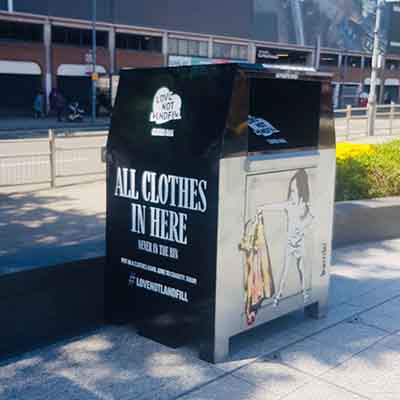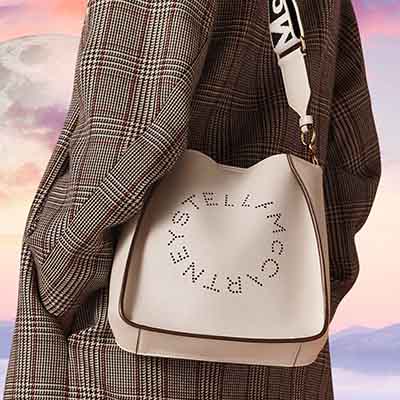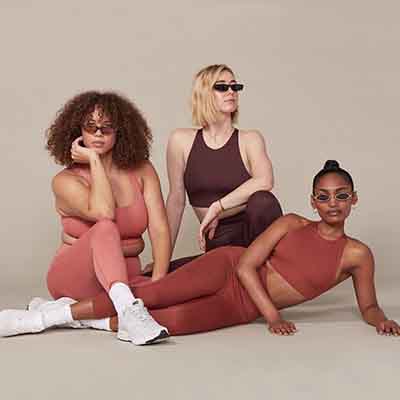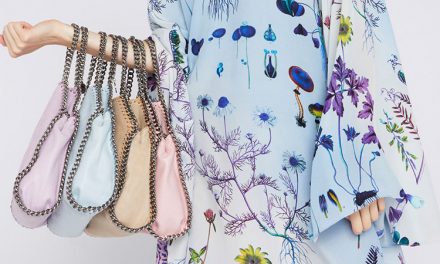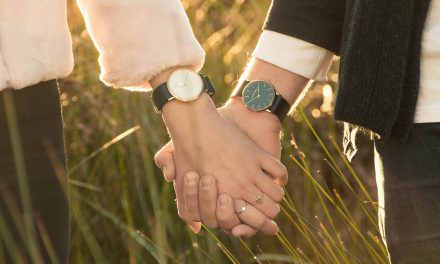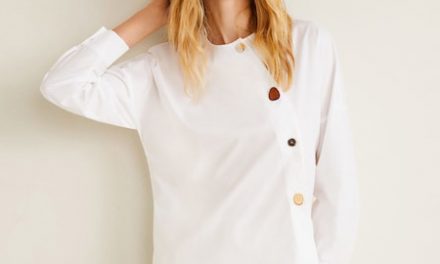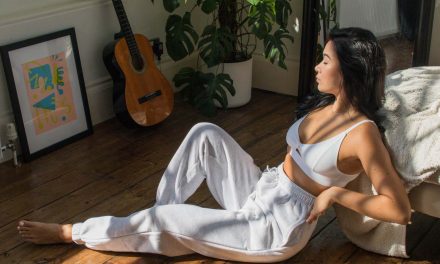6 Sustainable Fashion Myths
Image: Reformation
When it comes to sustainable fashion, it’s natural to feel overwhelmed and confused. At The Vendeur, we’re here to guide you through the unknown landscape of sustainable fashion. Here are 6 sustainable fashion myths busted.
With all the clever marketing that brands employ and the increase in greenwashing it can be hard to understand the facts behind living more sustainably. In the course of researching and writing the content we bring you, and with the direct conversations we have with readers and brands, we understand that there is often confusion around the subject. A few myths around sustainable fashion come up again and again so we wanted to address them head on.
I have to spend lots of money to be sustainable
Why Its Not True – Theres no denying that some ethical and sustainable brands are pretty pricey. Don’t forget that you’re paying for ethically sourced fabrics, fairly paid workers and quality design. If you choose to spend a lot of money it should be on a piece that you know you will love forever. Forever pieces are insanely sustainable (see our Back to Basics series). However, after that your other options get really cheap, if not free! Buying second hand and vintage, swapping at events or with friends and hiring are all great ways to enjoy fashion without buying new clothes. It’s important to never forget that the clothes that are already in your wardrobe are the most sustainable pieces you own. By keeping your clothes and wearing them, you are extending their lifecycle and negating the need to continuously buy things new.
I Can Buy As Much As I Like, As Long As I Recycle
Why Its Not True – A lot of brands will have you believe that as long as you drop off your old clothes in their handy in store recycling boxes then you are fine to keep purchasing lots of clothes. In fact they even encourage it by offering money off vouchers in exchange for recycling your old clothes. What they won’t tell you is that most textiles are incredibly difficult to recycle, especially if the fabric is a blend of two or more fibres. This is because currently, most recycling facilities don’t have the technology to separate these fibres. Often these garments get shipped to poorer countries, pushing them ‘out of sight and out of mind’. So instead of recycling think how you can keep your clothes in use for longer. Donate them to charities or swap, sell or hire them out. If you aren’t sure how to dispose of something, take it to a Love Not Landfill clothing bank. They sort donations and move them on to the best place.
I am powerless to change things
Why Its Not True – As a consumer you have the power to dictate which brands are successful and which ones aren’t. So put your money where your ethics are. Support sustainable brands by purchasing from them and spreading the word. Steer clear of buying from brands you are unsure of and ask them questions. Can they tell you who made your clothes? Do they know the source of their fabrics? The more we ask these questions, the more brands will get the message that their shoppers care about honesty and transparency. This will force them to make positive changes. You also have the power to reduce over consumption. Why not challenge yourself to not buy anything new for a few weeks and see how you get on. In the words of Stella McCartney ‘doing a little something is better than doing a lot of nothing.’
Vegan Leather is eco friendly
Why Its Not True – Most forms of vegan or faux leather are made from PU (polyurethane) or PVC (polyvinyl chloride). Both of which are plastics. They can be toxic when incinerated and they won’t biodegrade. Both types of faux leather are no better for the environment than real leather. When seeking cruelty free leathers, look for amazing innovations like Pinatex made from waste pineapple leaves or mushroom leather. Stella McCartney’s range of Alter Nappa clothes and accessories is another great alternative. If you don’t object to real leather then choosing vintage is also a good option. When properly cared for it will last a lot longer than it’s faux counterparts. This keeps it out of landfill and in the fashion supply chain.
Eco Friendly fashion is basic
Why Its Not True – When it comes to shopping sustainably and ethically, we really are spoilt for choice. While we are big fans of capsules wardrobes, that certainly doesn’t have to mean a wardrobe full of basics. Brands like People Tree, Thinking MU and ArmedAngels offer a variety of styles and prints in their collections each season. On the higher end of the price scale, KITX, Maggie Maryiln and Mara Hoffman are considered fashion forward while not being trend led or throw away. Whilst it’s easy to find well made basics, there are a lot of offerings out there that cater to pretty much any taste. In addition, anything preloved, vintage or thrifted is a great way to express yourself sartorially. You can be pretty certain no one will be wearing the same dress as you when it’s vintage.
Man Made Fabrics are the enemy
Why It’s not True – When thinking about sustainable fashion it can be easy to assume that only wearing natural fibres such as cotton, hemp and wool are the best option. And while this isn’t entirely untrue, its important to remember that producing new virgin fibres is energy intensive and can lead to issues such as desertification. As with the previous eco leather alternatives, man made innovations in the textiles space is pretty incredible. Forget viscose, Lyocell, LENZING ECOVERO and Modal are all cellulosic fibres that are sustainably sourced from renewable forests. They are also biodegradable and can be recycled. Natural fibres like cotton on the other hand can be problematic as they require vast amounts of land and water to grow. Resources that could be used for agriculture. Where possible seek out organic natural fibres to ensure that care has been taken when growing them. Organic certifications like GOTS also take into account the way farmers are treated and the chemicals and dyes that are used in the factories too.
Disclaimer: The people and models in the images featured are not associated with The Vendeur and do not endorse it or the products shown. This post may contain affiliate links. Prices correct at time of publishing.

